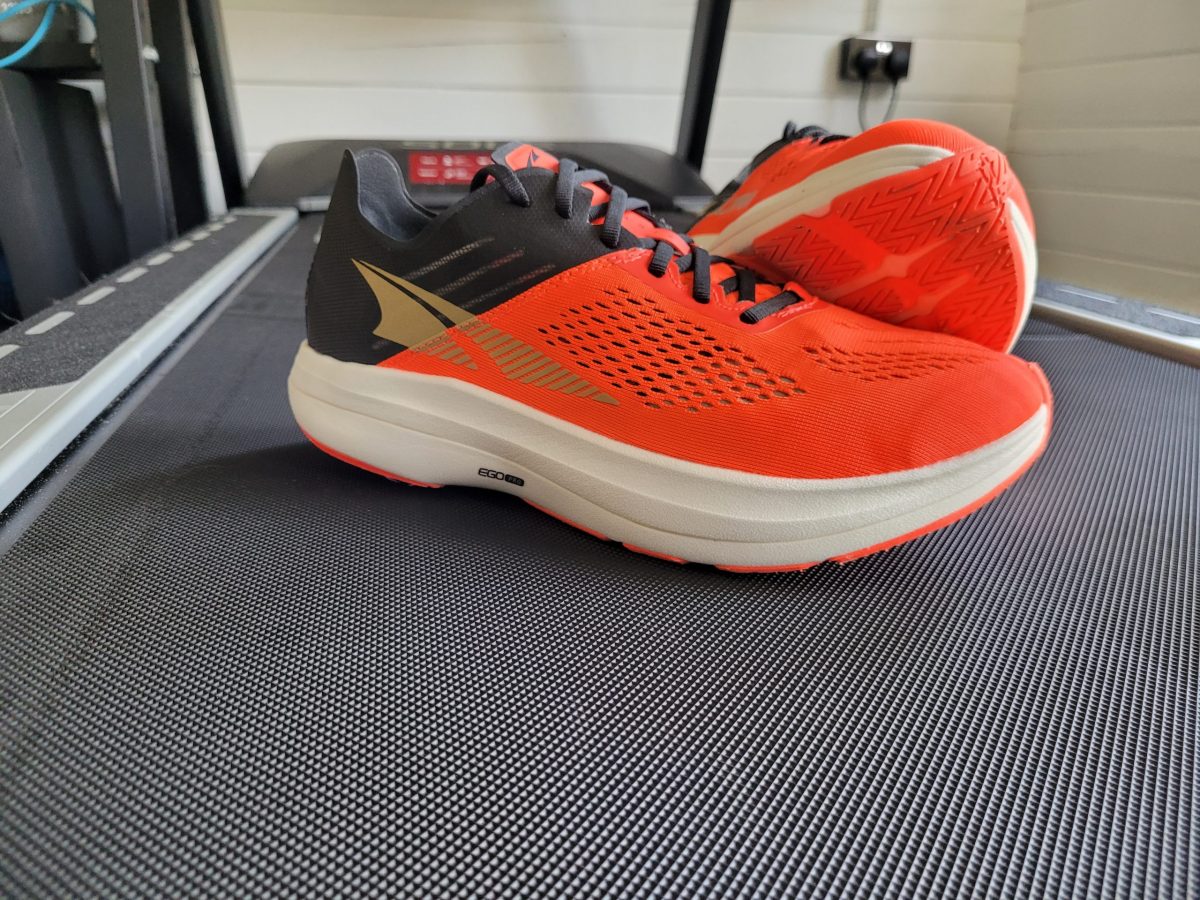Carbon shoes in training
One of the big benefits of carbon shoes are the reduced recovery needs since the muscles aren’t having to absorb as much shock/do as much work. The added rigidity and bounce of the shoes means less time is spent decelerating, performing what’s known as an eccentric muscle contraction, and as such we get less muscle damage.
For this reason, and in my view often an element of “keeping up with the Jones’s” in group training and for Strava, it’s not uncommon to see people training lots in their carbon shoes. The problem is that this means we’re not testing our body as much, and are giving it a reduced stimulus for adaptation to occur. Muscle strength and power are key to running faster, so ironically, training in carbon shoes regularly is likely harming race times. Whilst people will still race faster than they were without the shoes, they’re essentially blunting the gains in this way.
For many people who don’t regularly strength train as part of their running programme, muscle strength, rate of force development and muscle endurance will still be the thing that holds them back, even with the best and most suitable shoes at their disposal. Over the marathon distance, some studies suggest that muscle damage in the race is what causes a higher percentage of runners to cramp than a lack of electrolytes. If you’re not getting used to that damage in training, you won’t be ready for it on race day and the benefits of faster shoes could well be wiped out by muscles seizing up.
Race pacing
Now comes what for me was a huge surprise. The enormous shift in what limited me in race performances.
To give context to this so you can adjust to your own scenario, I’ve been performing around 2 hours of strength training per week for the lower body, core and upper body for the last 3-4 years, with some short breaks in consistency.
Despite this, it was still always the legs that would give out and be the limiting factor in the latter miles of races of all distances. Add in the Altra vanish carbon’s to my first race (the North Walsham 5k), and suddenly the legs were far less tired, and my heart rate and fitness were the thing that I was butting up against towards the end. The same happened in a solo 10k time trial after the cancellation of Run Norwich, and this was even more evident in the Round Norfolk Relay 3 months later.
In 2021 I ran the same 19.7 miles stage of the relay at 5:56/mile, with wild ebbs and flows of physical and mental state as my body tired. My cardiovascular fitness though didn’t feel that tested. 12 months later and running in carbon shoes, I set out to run 5:50/mile on average and had just one dip around mile 8 when I was probably talking too much to my support cyclist for a couple of minutes. By mile 16 I was still feeling good, with the legs a tiny bit tired and feeling ready to push on for the final 3.7 miles. I managed to hold the same overall pace on a hilly mile, before running 8 and 6 secs faster than my average pace at the time for miles 18 and 19, finishing with a final 0.7 miles at 5:32/mile uphill all the way.
The frustrating part? I had more left in the tank, despite running an average of 5:49/mile and finishing 2 minutes and 34 seconds faster than the previous attempt. My legs felt fantastic and compared to the year before, I finished and was coherent and able to walk around a couple of minutes later with little cramping or stiffness. The final 3 miles had been a constant battle to manage a stitch that I could feel creeping in as I stepped up the pace. I was in control of it, but I’d been checking my watch on the final mile to see when I thought I could run as hard as possible without blowing up. As expected based on the previous races in the carbon shoes, my fitness had been the limiting factor this year, but more so than I’d anticipated.
With the London marathon two weeks later, I decided to change my pacing plan, making it a more even pace rather than leaning towards an even pace/negative split. This time the legs were definitely the thing that held me back most, but to a lesser extent than any other marathon I’ve run. I pushed earlier than usual and could still pick it up towards the end which was a surprise.
Check out part 3 for some final tips on what to do in training and racing when you’re wearing carbon shoes.
Written by Kyle Brooks, Running Coach based in Norwich, Norfolk

